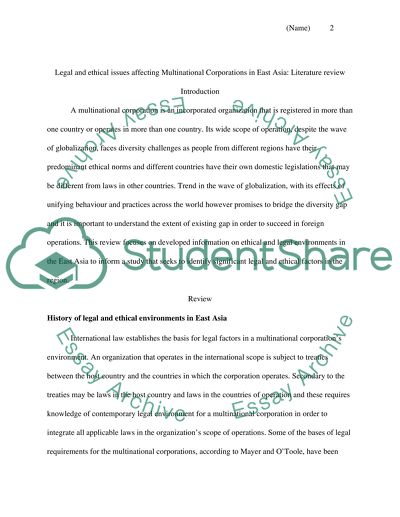Cite this document
(Legal and Ethical Issues Affecting Multinational Corporations in East Literature review, n.d.)
Legal and Ethical Issues Affecting Multinational Corporations in East Literature review. Retrieved from https://studentshare.org/law/1490289-research-in-business-critical-analysis
Legal and Ethical Issues Affecting Multinational Corporations in East Literature review. Retrieved from https://studentshare.org/law/1490289-research-in-business-critical-analysis
(Legal and Ethical Issues Affecting Multinational Corporations in East Literature Review)
Legal and Ethical Issues Affecting Multinational Corporations in East Literature Review. https://studentshare.org/law/1490289-research-in-business-critical-analysis.
Legal and Ethical Issues Affecting Multinational Corporations in East Literature Review. https://studentshare.org/law/1490289-research-in-business-critical-analysis.
“Legal and Ethical Issues Affecting Multinational Corporations in East Literature Review”, n.d. https://studentshare.org/law/1490289-research-in-business-critical-analysis.


